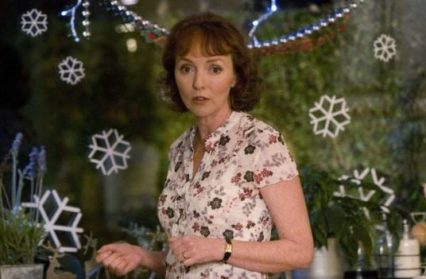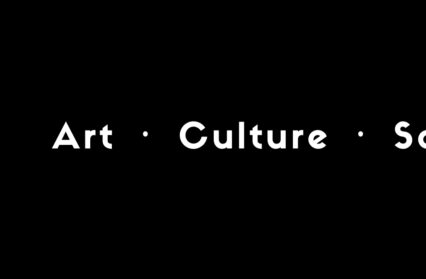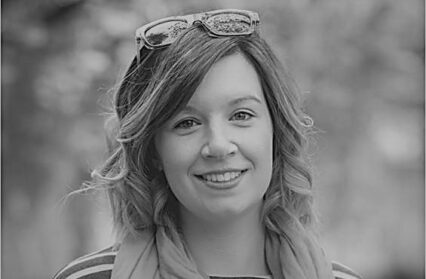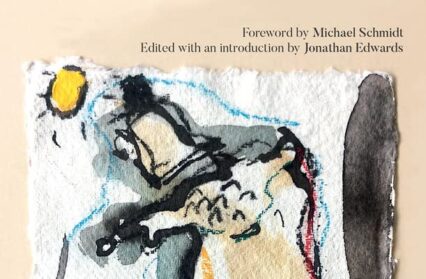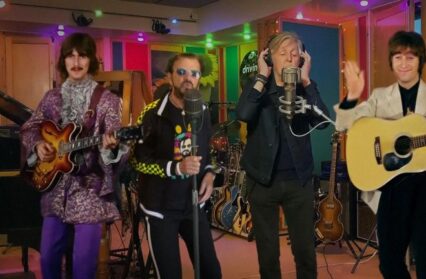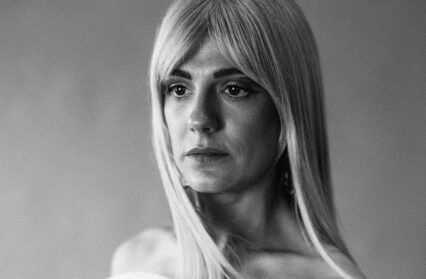Writing in 1986, Welsh historian Deidre Beddoe noted that the representation of Welsh women fit into several types. These types, stereotypical and thus reductive, are just as prescient today. In a society in which the representation of Welsh people in the media is still wholly reliant on using place and stereotypes as a cultural signifier, it is interesting to note that Beddoe’s identified types – the Welsh Mam, the Welsh Lady in National Costume, the Pious Welsh Woman, the Sexy Welsh Woman, and the Funny Welsh Woman – are still easily identifiable in contemporary television.
With the majority of this television being produced outside of Wales, it is hardly surprising that its representations rely on such archetypes. With a 48% reduction of English language output per week between 1990 and 2015, it is more apparent than ever that any Welsh representation is not only increasingly marginalised, but that the need for a progressive, realistic representation is crucial. With representations on television informing UK viewers of specific geographical locations, as well as types of people, to be presented with such a narrow perception is entirely problematic.
It has been noted that even those representations, such as Gavin and Stacey or Stella, are focused on a narrow region, and most representations on television are largely localised to the valleys. As the 2015 research project, Screening the Nation: Wales and Landmark Television, carried out by the University of Glamorgan suggested, ‘Wales may be a small country … but it is not a homogeneous entity’. It is clear then, that there is much to be done if progressive, recognisable depictions of Welsh people are to be seen on screen. While Welsh representation holistically needs progress, it is apparent that it is a representation of gender in particular that demands further analysis and discussion. Beddoe’s identified types of Welsh women are especially worthy of utilisation given their ubiquitousness, and the fact that they can still be so obviously identified in contemporary media representations highlights the lack of progression.
It is the concept of the Welsh Mam that is perhaps most recognisable, and overused. Beddoe’s definition of the Welsh Mam is a figure that is ‘[H]ardworking, ‘pious’ and clean, a mother to her sons and responsible for the home’. A woman who becomes increasingly ‘economically dependent upon her husband’s and son’s wages’. This notion of a Welsh Mam is one that is much mythologised and needs little introduction. Its importance and recognition within Welsh culture cannot be understated, and it is instantly recognisable in a myriad of Welsh-based programming.
Take Gavin and Stacey for example, a programme that despite its clichés, has had an undeniable and indelible impact not only on Welsh culture itself but on the concept of Welshness for the rest of the UK. It is in Gwen, Stacey’s mother, that we see this representation of the Welsh Mam so compounded. She is caring, never far from the kitchen, constantly querying her family’s state of hunger by offering an omelette. Her dress, often completed with an apron to further emphasise her focus on domesticity, is dated, and older than her years, as if encompassing all matriarchs past and present. To look at Gwen is to immediately see a mother.
Her identifying characteristic is her role as a mother. She demonstrates little interest in hobbies, or activities, outside of caring for her children. When Stacey leaves home, moving in with her husband and his family, Nessa essentially becomes a surrogate daughter, physically replacing Stacey’s presence, living in Stacey’s room and fulfilling the role of a child. Without a daughter or son present in the home, Gwen has little impetus to motivate her. Quickly, we see her fall into a mother daughter with Nessa, as Gwen proffers her omelettes, cultivating each to suit the requested tastes of the recipient.
Her only concern and motivation is the well-being of her family, especially her daughter. We learn that her husband, Stacey’s father, died, but Gwen demonstrates little interest in pursuing a relationship with other men. Largely, she is presented as asexual, and any indications of sexual knowledge, such as her reference to ‘code words’ in series two, are presented as sources of comedy. Gwen’s only purpose is to be a mother, and her character is entirely simplistic, one made of catch-phrases and modest motivations and desires.
Initially, Ruth Jones’ Stella appears more progressive. Unlike Gwen, Stella does demonstrate her own desires and passions and engages in numerous relationships over the course of the five series shown on Sky 1. Yet, Stella’s defining signifier is her role as a mother. Scenes of domesticity are frequently depicted, with Stella ironing clothes, preparing food and ensuring that her family are looked after. This role of a matriarch is refracted through her daughter, who becomes a mother herself while still attending school. The drama of the programme centres around family life, and as such, Stella is entirely linked to her role as matriarch.
How then, can this role be made more progressive? Certainly, matriarchs should be represented, particularly if such representations are intended to represent recognisable life. But this narrow definition of what makes a mother, one who is entirely dependent and reliant on her role without little interest outside of the role, is reductive. The role of a mother is far more multifaceted, and representing her in such a one-note manner is, arguably, damaging. When the influence of television is such that is can help define roles that are then adopted by the viewer, being shown such an idealised representation can prove to be questionable. For some, such a perfect, saintly representation leaves a feeling of inferiority. Perhaps more importantly though, such a representation does not capture all the complexities of what makes a person an individual, and not simply a mother.
What is telling too, when considering Beddoe’s identified types, is how often this role is used to simultaneously serve comedic purposes. These women are not supposed to represent real life, but rather, are there to provide sources of humour through their uncomplicated nature. It is amusing to the viewer that Gwen is forever offering family and guests one form of food, despite this food representing her care and attention for her family. Her inability to seemingly produce any other form of food is there to highlight apparent shortcomings. Similarly, Stella’s untraditional home life is served as a source of uniqueness. A familial structure that is heralded as laughable and affably chaotic. What is apparent then, is that Beddoe’s types cannot, and do not, exist in isolation. It is only through an understanding of these types and identifying the manner in which they intersect that we can illuminate the problematic nature of the representation of Welsh women on television.


